Esophageal Varices: What You Need to Know
What are esophageal varices?
Esophageal varices are abnormal dilations of veins that occur in the lower part of the esophagus, the tube that leads from the throat to the stomach. These veins often develop because of serious liver disease, which impedes the normal circulation of blood in this organ. As a result, blood backs up into smaller nearby veins, causing swelling and a high risk of bleeding.
Esophageal varices often cause no symptoms until they begin to bleed. Because bleeding can be sudden and severe, it is critical to identify and treat the problem early. Bleeding can be life-threatening and requires immediate medical attention.
Symptoms of esophageal varices
Most people with esophageal varices have no symptoms until bleeding occurs. When this happens, the most common symptoms include:
- Hematemesis : Vomiting of blood, a symptom that requires immediate attention.
- Melena : Black, tarry stools, indicating the presence of digested blood.
- Abdominal pain : Abdominal pain or cramping may occur.
- Dysphagia and odynophagia : Difficulty and pain during swallowing.
- Confusion or lethargy : These may be signs of shock.
- Pallor : Indicates significant blood loss.
- Hypotension and tachycardia : Low blood pressure and rapid heartbeat.
- Reduced diuresis : Indicates impaired renal function.
Causes of esophageal varices
Varicose veins form when blood flow to the liver slows. This often happens because fibrotic tissue builds up in the liver, which increases pressure in the portal vein. The pressure pushes blood into smaller veins, causing them to dilate and increase the risk of rupture.
Diseases that cause esophageal varices:
- Cirrhosis : Permanent liver damage, often caused by alcohol or hepatitis.
- Thrombosis : Blood clot in the portal vein or adjacent veins.
- Parasitic infections : E.g. schistosomiasis.
- Budd-Chiari syndrome : A rare condition resulting from clots in the liver veins.
Risk factors
Not all people with liver disease develop esophageal varices, but some factors increase the risk of bleeding:
- High pressure in the portal vein : The higher the pressure, the greater the risk.
- Large varicose veins : More likely to rupture.
- Red spots : Visible on endoscopy, they indicate high risk.
- Advanced cirrhosis or severe liver damage : Higher risk.
- Alcohol abuse : Aggravates liver damage.
Complications
Hemorrhage is the main complication of esophageal varices and can be fatal. In some cases, blood loss can lead to shock. Therefore, prevention and early diagnosis are essential.
Diagnostics
If you have cirrhosis or other serious liver disease, your doctor may recommend tests to identify esophageal varices, including:
- Endoscopy : Standard test to detect varices and risk of bleeding.
- Imaging techniques : CT, MRI or EUS to evaluate portal hypertension and other complications.
Treatment
The goal is to prevent bleeding. Treatment options include:
- Medicines : Beta-blockers such as nadolol or propranolol.
- Endoscopic procedures : Rubber band ligation or sclerotherapy.
- TIPS (Transjugular Intrahepatic Portosystemic Shunt) : Reduces pressure in the portal vein.
- Liver transplant : In the most severe cases and with recurrent bleeding.
Prevention
If you have liver disease, it is essential to take preventive measures:
- Avoid alcohol : It further damages the liver.
- Eat a healthy diet : Fruits, vegetables, whole grains; avoid fatty and fried foods.
- Control your weight : Being overweight worsens liver damage.
- Reduce your risk of hepatitis : Get vaccinated and follow safe practices
Together for a healthy future!
Book your consultation with a specialist doctor now!
Your Medical Clinic staff provides all patients with specialized medical service at the highest standards.

